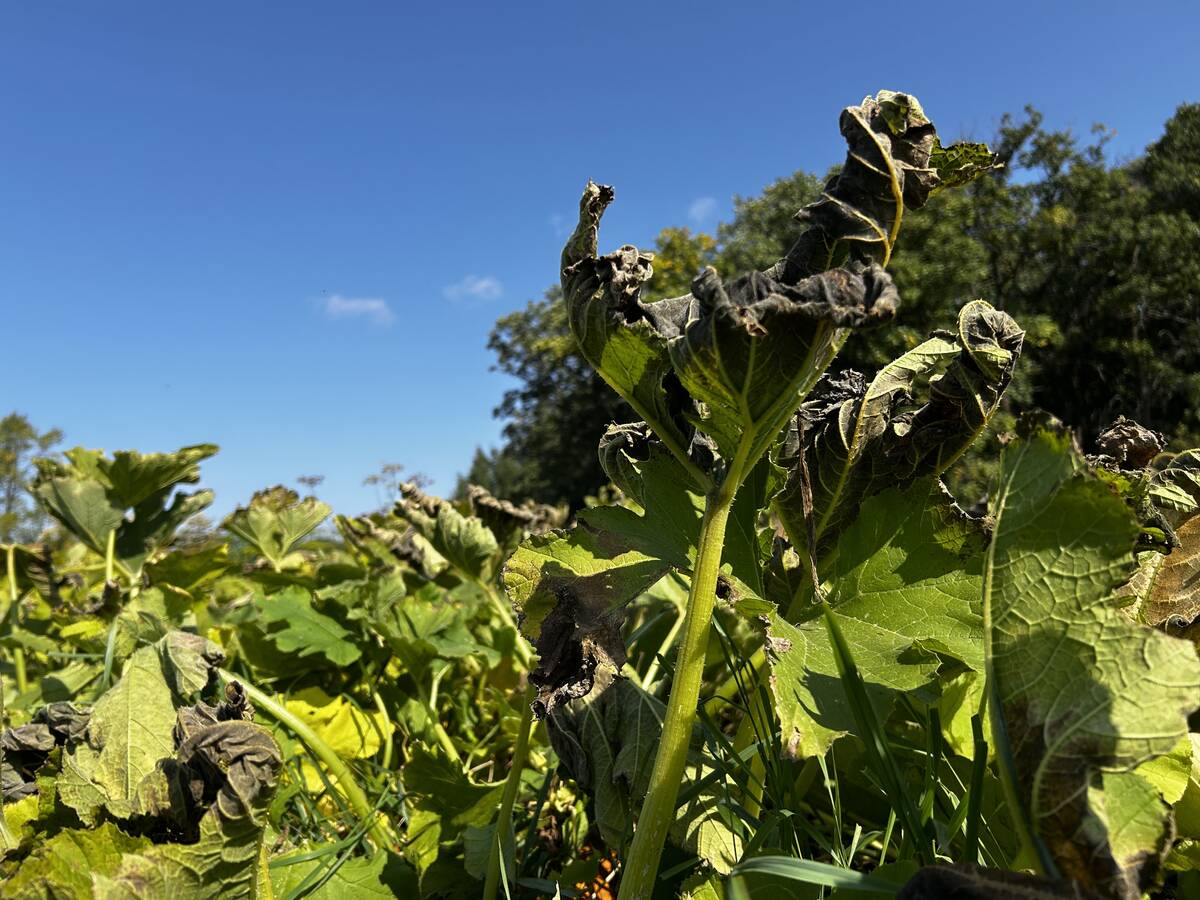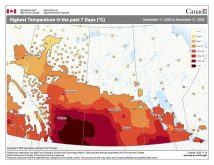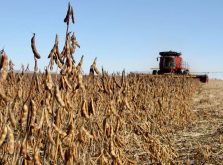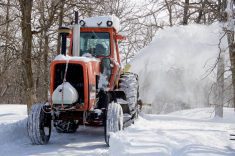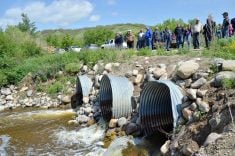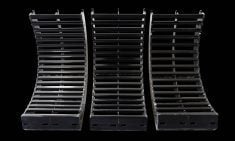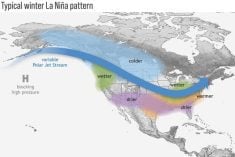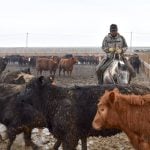Some Manitoba fruit and vegetable growers were forced into emergency harvests in the face of early frosts in the second week of September, dealing another blow to farms already struggling with a challenging growing season marked by drought and delayed crop development.
WHY IT MATTERS: Some of Manitoba’s horticultural crops are lagging this year due to growing season conditions, putting them at greater risk when the temperature plunged.
A Manitoba Agriculture frost report, which covered the overnight temperature dip Sept. 6-7, noted that Cartwright in central Manitoba hit -1.4 C with frost for five hours. In the east, Marchland, Prawda, Dugald and Vivan were colder than -1 C, while Sprague Lake held the dubious honour of the coldest spot in the region, hitting -2.7 C and frost for six hours. Brandon, Erikson, Lake Audy in Riding Mountain National Park, Wawanesa and Reston also all hit at -1 C or under in the southwest, with frost lasting for up to six hours in some areas.
Read Also

Three paths of rengerative agriculture
From integrating livestock to grassland financial incentives to precision grazing, Canadian farmers are searching for practical paths to marry farm resilience with profit
In the northwest, that frost duration jumped to up to seven hours (Ruthenia, at -1.3 C), with other notable lows at Alonsa and Pipe Lake (-1.6 C), Ste. Rose du Lac (-1 C), Laurier (-1.9 C) and Grandview (-1.1 C).
The Interlake, though also one of the most drought challenged areas of the province this year, saw the coldest temperatures. Narcisse was recorded as low as -4.2 C. Poplarfield, Eriksdale, Fisherton, Inwood, and Clarkleigh all hit between -2 C and -3 C, while Taylor’s Point and Arborg hit under -1 C.
Many other areas skirted just above or just under freezing. For some, it was the second brush of frost of the week.
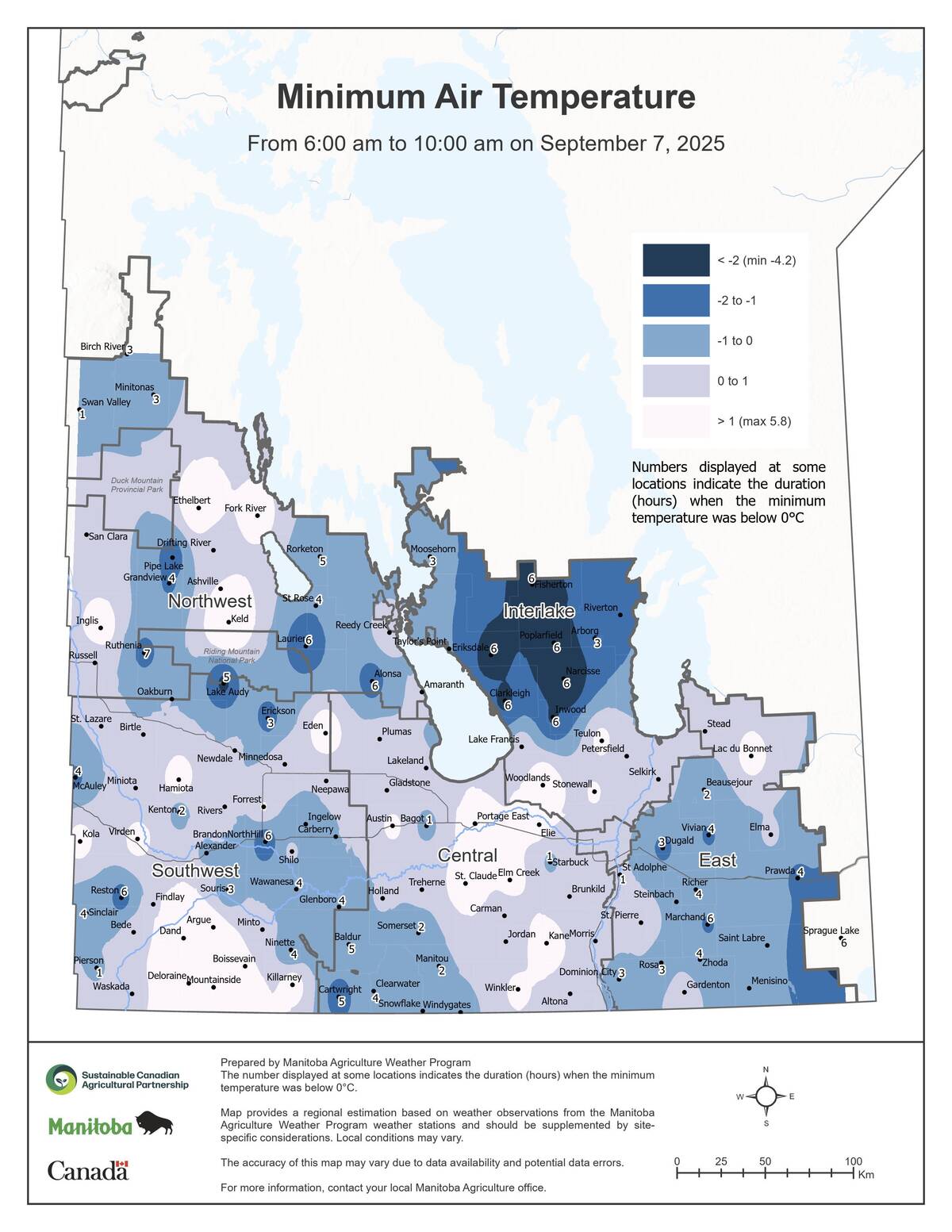
Farm losses
Some horticultural operations escaped significant damage, but others faced substantial loss.
At Schwabe Pumpkins in the Rural Muncipality of St. Andrews, everything was off the field by Sept. 8, said co-owner Melody Schwabe.
“Now we just have to take the next week or so to go through the bins to see what is salvageable,” she said. “The biggest problem was that we didn’t really have any rain through June, July and August, and so our crop was about a month behind being ready.”
Schwabe’s operation normally begins harvesting by mid-August, but this year’s drought meant crops still needed several more weeks to mature.
“We normally have the major amount of stuff off our field by the first week of September, but because things still needed a couple more weeks, or close to a month, we were just kind of hoping,” she said.
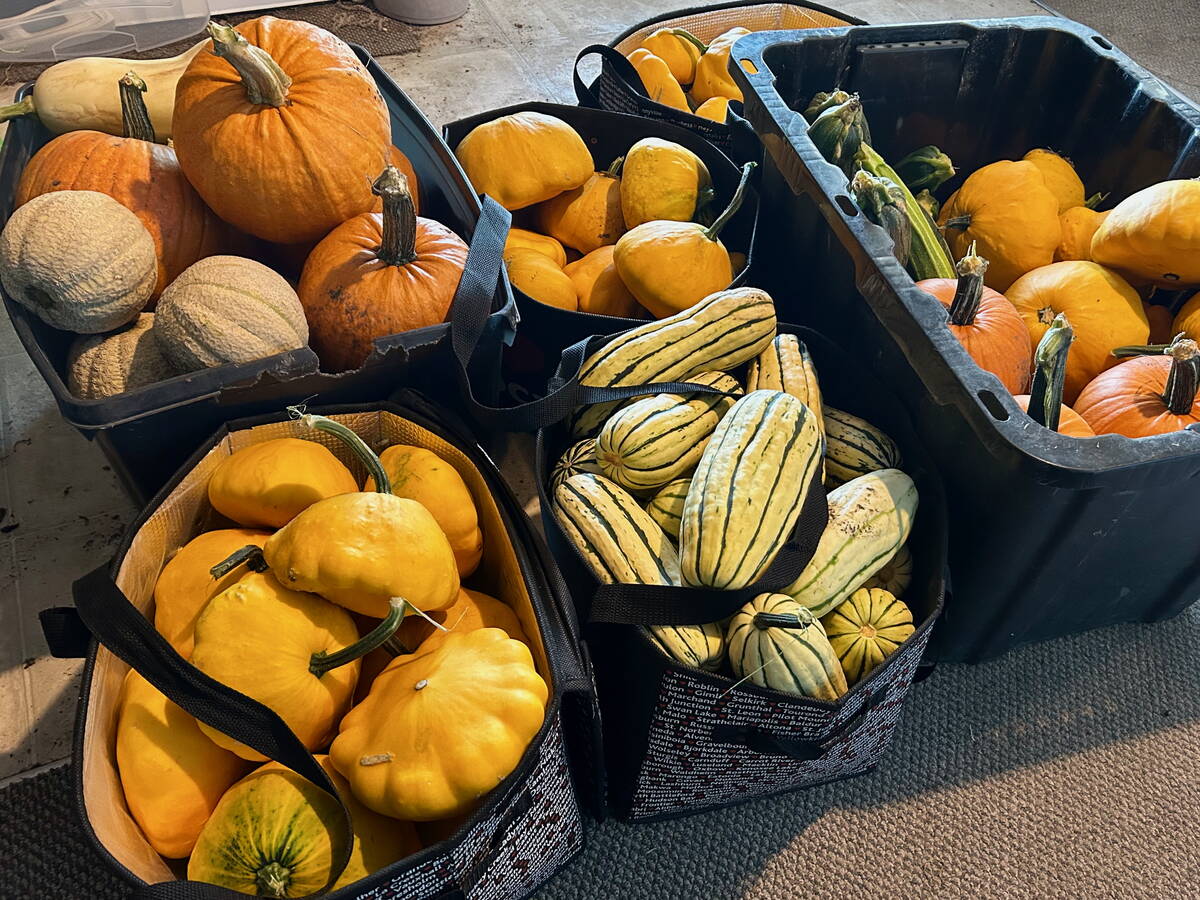
Losses uneven across the province
Russ Loewen, owner of the Loewen Homestead just south of Winnipeg in the Red River Valley, was thankful that area was largely spared.
While the frost came earlier than in recent years, it wasn’t unprecedented, Loewen said.
“(The) last three years…have been very, very good falls for us, very late for us…this is a bit earlier, (and) I think a lot of people, based on the recent past, probably weren’t expecting this.”
The impact varied significantly across the province. Geert Hemelings, co-owner of Elemental Earth Gardens located 30 minutes west of Winnipeg, said his operation avoided major damage despite frost occurring close by.
“We did have frost nearby here, but us, we didn’t get affected,” he said, adding that it has been “rather stressful.”
“We still have a lot of stuff out there that’s susceptible to frost.”
Careful planning saves some crops
Some producers had already taken precautionary measures. Bruce Berry, co-owner of Almost Urban Vegetables near St. Norbert, pulled in vulnerable crops before the worst of the frost hit.
“We had a couple of near misses, and we (have had) kind of light frost so far, which has affected some of the crops you’d expect, the ones that are really sensitive to frost,” he said. “Many, many of the things that would get hit by killing frost, we have harvested what we can already, anticipating a frost.”
These crops include include tomatoes, peppers, basil, zucchini and cucumbers. Some cold-hardy vegetables like kale and certain lettuces can withstand temperatures as cold as -2 C to -3 C and continue to be marketable through late October, Berry said.
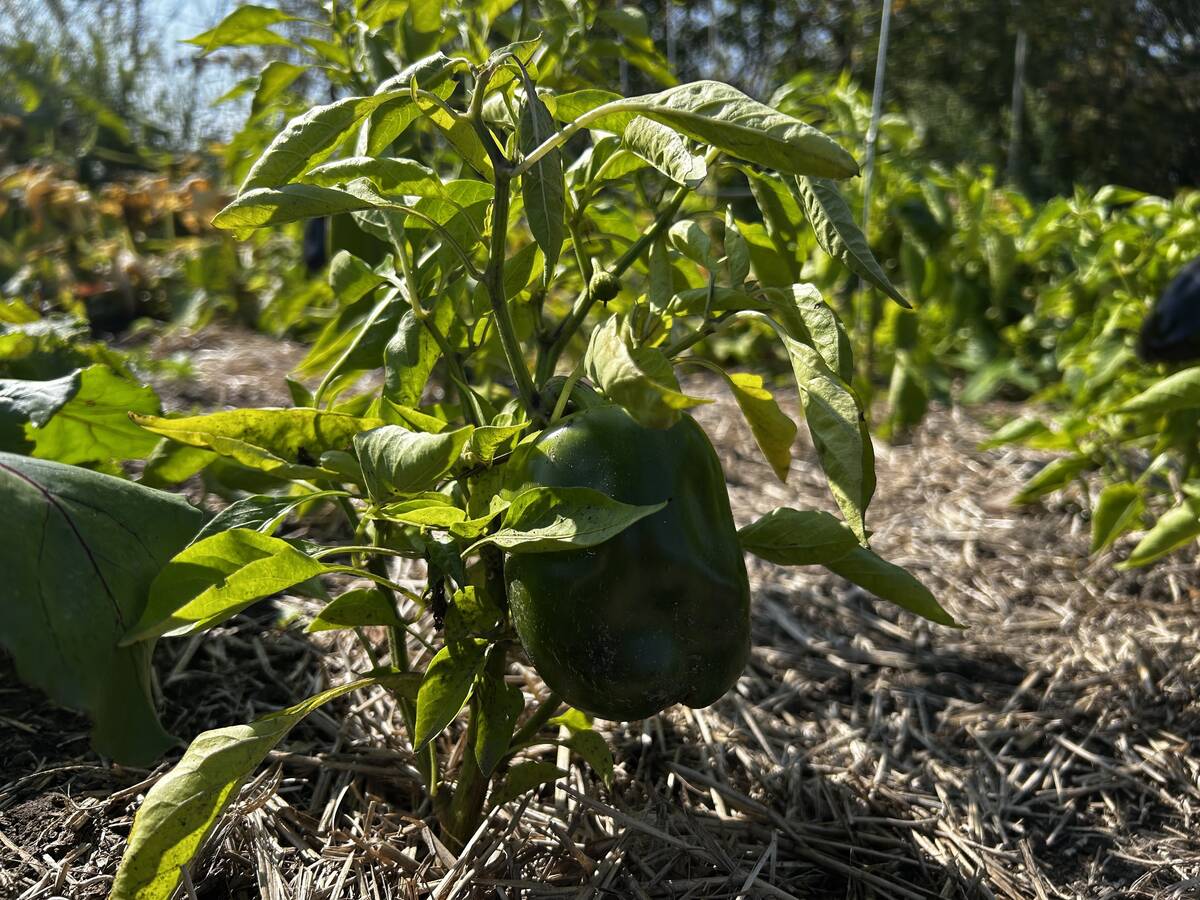
For producers who can implement them, frost protection measures exist.
“One of them is irrigating your crop during frost,” Loewen said. “Another thing is you can cover them, but most people have acres of stuff, and it’s hard to cover an acre.”
Drought and extreme weather adds to strain
Manitoba Agriculture’s Sept. 3 crop report said total precipitation accumulations at the time remained below 60 per cent compared to the 30-year average in the Interlake and parts of the northwest and eastern regions.
The weather has been unpredictable this season, Hemelings noted.
“We had some 36-degree weather in May, and then there was a drought with lots of fires. And then there was a period of rain, rain, rain,” he said.
Market garden operations, which harvest continuously throughout the growing season rather than all at once, also have some resilience baked into their business model.
“We’re not weather dependent in the sense of, if it rains, we can still harvest. If it freezes, we’ll harvest whatever we can. If it’s too dry, we’ll irrigate,” Hemelings said. “So, we have a lot more flexibility, and we can manage the elements a lot better than someone with a field of, I don’t know, soybeans.”
Extended forecast offers some relief
Farmers can expect better conditions, looking at the extended forecast from Environment and Climate Change Canada. Largely sunny weather is forecast in the third week of September, with highs up to 26-29 C across southern Manitoba before hitting another spate of rain later in the week.


